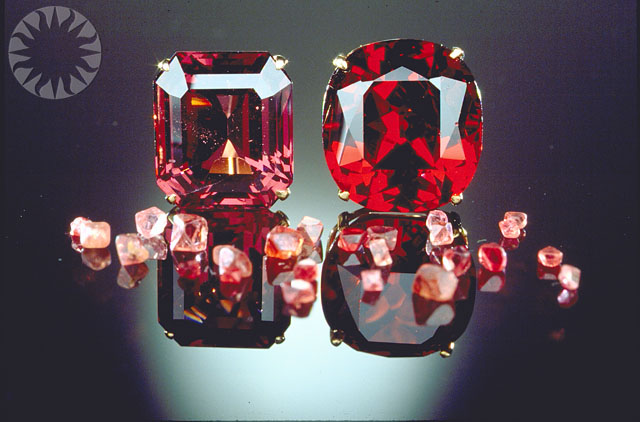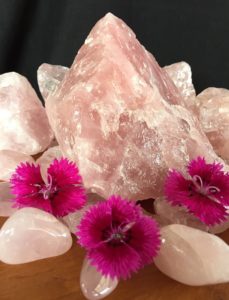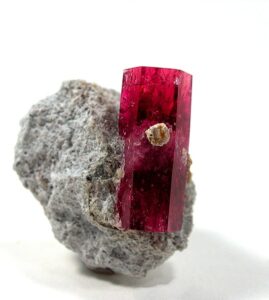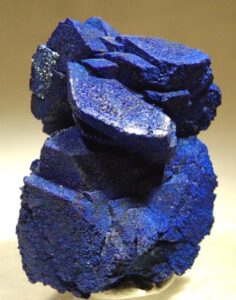
The Treasure Hunt
We all have played treasure hunts in our childhood and there are no two views about the fact that we all loved those exciting, adventurous, and rewarding games.
How about playing a treasure hunt to find real gems?
Put simply, gem hunting is a treasure hunt, but one that is performed at an advanced level, utilizing modern tools and professional techniques.
Most everyone loves to look at these shiny, sparkling stones. But, unfortunately, hunting for minerals isn’t as easy a sport as our childhood treasure hunts were.
As someone rightly said, it is like playing the geological lottery. If luck is on your side, you may find some precious gems without hunting for days, but if luck isn’t kind to you, you may hunt for days on end. Even if you use the most advanced tools and machinery, you might only end up getting your hands on a few semi-precious gemstones.
So before we get into discussing the details of gem hunting, let us take a look at some basic information regarding these beautiful and colorful minerals of nature.
How Do We Define a Gemstone?

Even though human beings have been hunting and pursuing gems for thousands of years, we still lack a proper definition of them.
Coming up with an appropriate label has been challenging, not only for laymen but also for lexicographers (linguistic experts who compile the dictionaries).
For the sake of understanding, a gemstone, alternatively known as a gem, mineral, or jewel, can be defined as a piece of rock or any other organic material that is generally formed inside the earth. After cutting and polishing, they are used for adornment, architectural, or decorative purposes, due to their beauty and preciousness.
| Do you know that the study of gems, called Gemology, was classified as a science during the 1930s? |
What Decides the Value of a Gemstone?

Multiple factors contribute to determining the value of a particular gemstone. These include:
-
- It’s a natural occurrence inside the earth. This is why rare gemstones are expensive.
- Beauty
- The four C’s i.e. color, carat, cut, and clarity
- Supply and demand
While the above-mentioned factors determine the value of these entities, there is no universal measurement or classification system in place for any gemstone except the diamond.
Due to the absence of a uniform classification system, some gems are not considered as precious as diamonds even though they are much rarer than diamonds. Following are some of the highly rare gems:

-
- Red beryl
- Alexandrite
- Musgravite
- Painite
- Poudretteite
- Jeremejevite
- Benitoite
- Grandidierite
- Tanzanite
Synthetic Gemstones – A Cheaper Alternative
Thanks to the advancements in technology, we now have synthetic gemstones. These are made in a laboratory but mostly contain the same chemical properties as the natural ones. In fact, if you put one synthetic and one natural gemstone next to each other, they will be hard to tell apart.
They make a good option for those who are only concerned about appearance and not the veracity of the mineral. Synthetic gems sometimes may have fewer blemishes than real ones. Not to mention they are much cheaper.
Top Places to Go For Gem Hunting in the US

Azurite specimen from the Morenci mine, Morenci, Arizona, USA. Photo: Wikipedia CC
Gem hunting is an exciting family activity. This is why many people include a gem-hunting adventure in their vacation plans. If you want to experience the adrenaline rush by finding precious gems at places where you least expect them, then take a look at the following list to learn about the places considered amazing for gem hunting:
-
- Crater of Diamonds State Park, Arkansas
- Emerald Hollow Mine, North Carolina
- Cherokee Ruby Mine, North Carolina
- Gem Mountain, North Carolina
- Gem Mountain Sapphire Mine, Montana
- Diamond Hill Mine, South Carolina
- Rainbow Ridge Opal Mine, Nevada
- Woodward Ranch, Texas
- California State Gem Mine, California
Whenever you plan to go gem hunting, make sure to check the legalities before you start the hunt at a location, apart from those that are specifically meant for the purpose and are open to the public. This is important to ensure that you do not end up being arrested for violating laws or trespassing. Unless you have permission, you can hunt for gems on any private or public property.
Join a Club!
There are many mineral clubs you can join. In New York State alone, there are 15 locations throughout the state.
Final Note
Gem hunting is an exciting, adventurous, and rewarding activity that can be taken upon both as a career and for recreational purposes. So, let loose your inner explorer and experience the exhilaration this amazing activity has in store for you.
